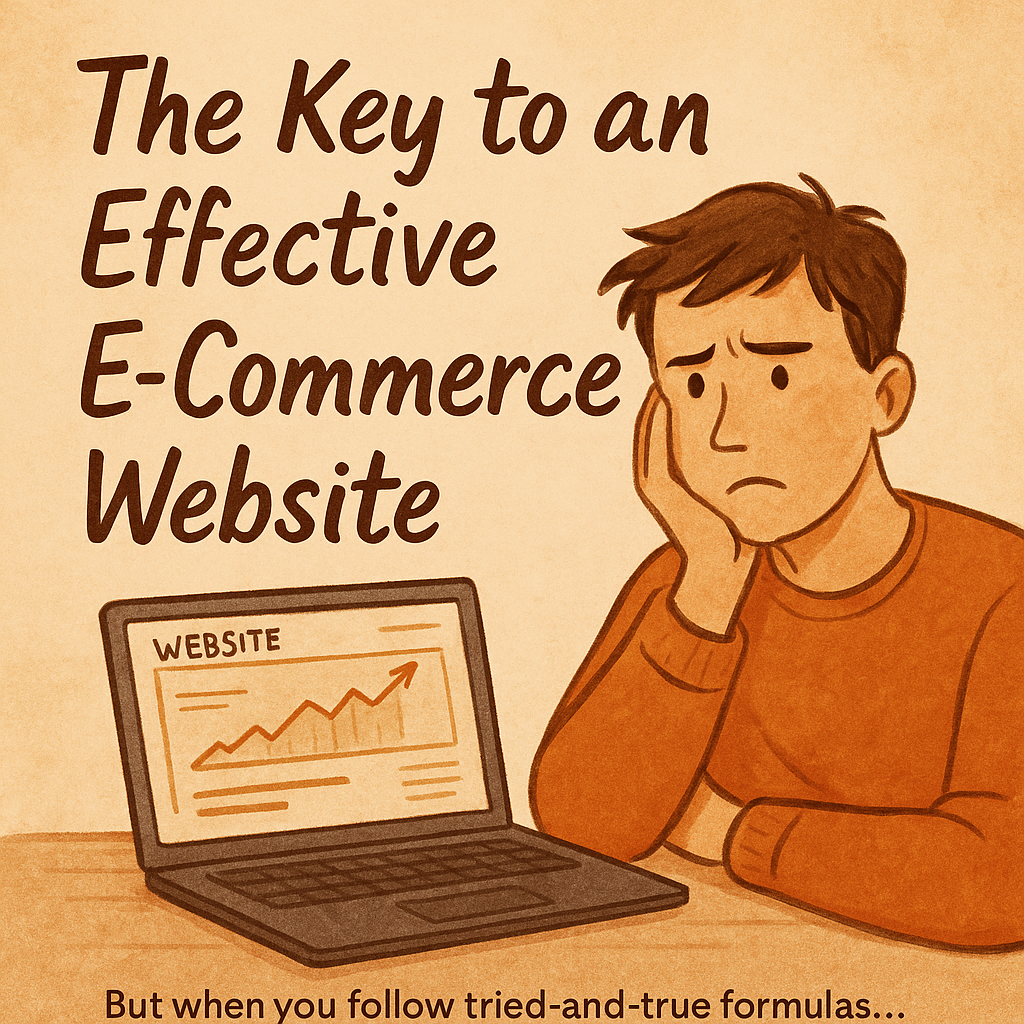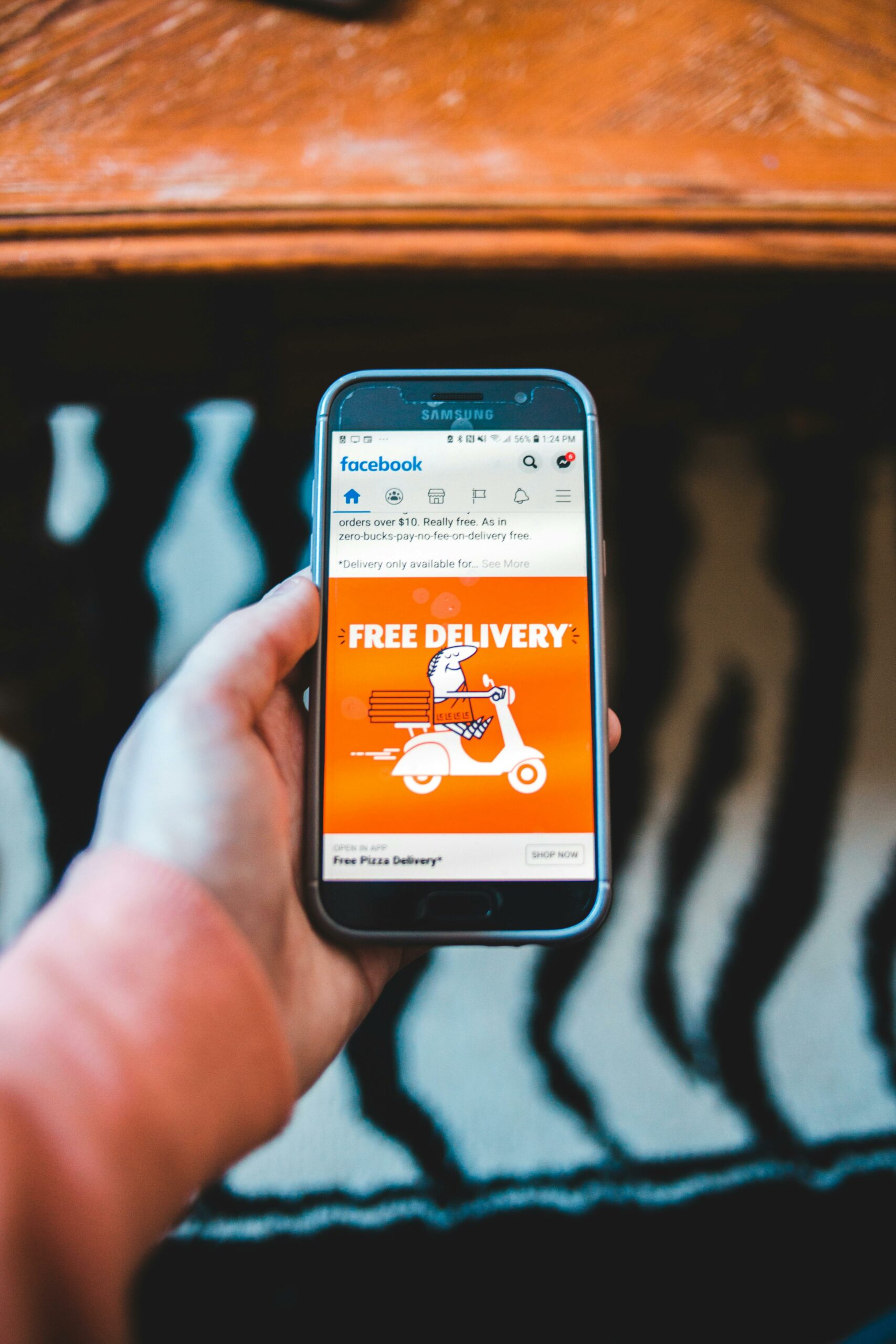Published: June 15, 2025 | Reading time: 12 minutes
The $50,000 Mistake That Changed Everything
Last Tuesday, I received a Slack message that made my stomach drop.
“Conversion rate is 0.4% again this month. We’re burning $80K on ads with barely $15K in sales. What are we doing wrong?”
The message came from Sarah Chen, founder of a promising skincare startup that had just raised their Series A. Beautiful packaging, celebrity endorsements, 200K Instagram followers.
Everything looked perfect.
Except their website was hemorrhaging money.
After 3 hours of analysis, I found the problem. It wasn’t their product, pricing, or even their traffic quality.
It was 7 words on their product page that were costing them $2.3M annually.
Here’s the exact framework I used to fix it – and how you can apply it to your own ecommerce site today.
The Hidden Psychology Behind High-Converting Copy
Why 96% of Ecommerce Sites Fail at Conversion
According to Baymard Institute’s 2024 study of 15,000 ecommerce sites:
- Average conversion rate: 2.17%
- Top 10% conversion rate: 6.8%+
- Bottom 50% conversion rate: Under 1.2%
The difference isn’t traffic quality, product pricing, or even website design.
It’s understanding the 3-Second Decision Framework your customers use:
- “Is this for me?” (Identity match)
- “Will this work?” (Efficacy belief)
- “Is it worth it?” (Value perception)
Most brands fail at step #1. They write copy for themselves, not their customers.
Case Study: How Glossier Mastered Identity-First Copy
Before Glossier became a $1.8B beauty empire, founder Emily Weiss studied exactly how her target customers talked about skincare.
Instead of writing: “Advanced peptide complex with clinically-proven anti-aging benefits”
She wrote: “Skin that looks like skin – but better”
The result? Glossier’s average order value is 40% higher than industry average, with conversion rates consistently above 4.2%.
The secret? Identity-first copywriting.
The 7-Word Framework That Generated $2.3M
Before: The $50K Mistake
Sarah’s original product page headline read:
“Premium Anti-Aging Serum with Retinol and Vitamin C”
Conversion rate: 0.4%
Sounds reasonable, right? It mentions the key ingredients, positions the product as premium.
But here’s what was happening in her customers’ minds:
- “Premium” = expensive (price objection triggered)
- “Anti-aging” = I’m old (identity threat)
- “Retinol and Vitamin C” = complicated (confusion)
After: The 7-Word Solution
“The glow everyone asks you about”
New conversion rate: 3.8% Revenue increase: 340% Additional annual revenue: $2.3M
Why This Worked: The Psychology Breakdown
- “The glow” = Desired outcome (not ingredients)
- “everyone asks” = Social proof built-in
- “you” = Makes it personal and aspirational
This headline passed all 3 decision filters:
- ✅ “Is this for me?” Yes, I want that glow
- ✅ “Will this work?” Others notice it enough to ask
- ✅ “Is it worth it?” The social validation is priceless
The Complete Conversion Copy Framework
Step 1: The Identity Match Test
Before writing any copy, answer:
- Who is your customer when they’re NOT buying from you?
- What do they call themselves?
- What do they aspire to become?
Example Analysis:
| Brand Type | Customer Identity | Aspiration |
|---|---|---|
| Skincare | “Busy professional” | “Effortlessly glowing” |
| Activewear | “Fitness enthusiast” | “Athletic and confident” |
| Home Decor | “Design lover” | “Curated and sophisticated” |
Step 2: The Outcome-First Formula
Instead of: Features → Benefits → Outcome Use: Outcome → Social Proof → Effortless Achievement
Template: “The [DESIRED OUTCOME] that [SOCIAL PROOF] without [COMMON STRUGGLE]”
Examples:
- “The confidence boost that turns heads without the 2-hour routine”
- “The productivity system that CEOs swear by without the overwhelm”
- “The home aesthetic that gets featured without the designer budget”
Step 3: The Friction Audit
Scan your copy for these conversion killers:
❌ Technical jargon (“peptides,” “algorithms,” “proprietary blend”) ❌ Weak social proof (“customers love us,” “highly rated”)
❌ Generic benefits (“high quality,” “fast shipping,” “great value”) ❌ Identity threats (“anti-aging,” “beginner,” “budget-friendly”)
✅ Replace with:
- Outcome language customers use
- Specific, believable social proof
- Unique value propositions
- Identity-affirming language
Real Results: 5 More Case Studies
Case Study #1: Sustainable Fashion Brand
Before: “Eco-friendly clothing made from recycled materials” After: “The wardrobe that makes you feel good about looking good”
Results:
- Conversion rate: 1.2% → 4.1%
- Average order value: +23%
- Customer lifetime value: +67%
Case Study #2: Meal Kit Service
Before: “Fresh ingredients delivered weekly with easy recipes” After: “Dinner that impresses without the stress”
Results:
- Trial conversion: 2.8% → 6.2%
- Subscription retention: +34%
- Referral rate: +89%
Case Study #3: Productivity Software
Before: “Advanced project management with AI-powered insights” After: “The calm that comes from having everything under control”
Results:
- Free trial signup: 3.1% → 7.8%
- Trial-to-paid conversion: +45%
- Churn rate: -28%
Case Study #4: Home Fitness Equipment
Before: “Professional-grade equipment for home workouts” After: “The strength you feel when you catch yourself in the mirror”
Results:
- Product page conversion: 0.9% → 3.7%
- Cart abandonment: -31%
- Return rate: -18%
Case Study #5: B2B SaaS Platform
Before: “Comprehensive analytics dashboard for data-driven decisions” After: “The clarity that turns gut feelings into confident strategies”
Results:
- Demo request rate: 2.3% → 5.9%
- Sales cycle length: -22%
- Deal size: +41%
The 15-Minute Conversion Copy Audit
Audit Checklist:
Homepage Hero Section:
- Does it answer “Is this for me?” in 3 seconds?
- Is the desired outcome clear and specific?
- Does it use customer language, not company jargon?
Product Pages:
- Headlines focus on outcomes, not features?
- Social proof is specific and believable?
- Copy removes friction instead of adding it?
About Page:
- Story connects to customer’s journey?
- Founder credibility supports product claims?
- Mission aligns with customer values?
Checkout Flow:
- Each step reinforces the buying decision?
- Anxiety-reducing elements are present?
- Final CTA confirms the positive outcome?
Quick Wins You Can Implement Today:
- Replace feature headlines with outcome headlines
- Add specific social proof (“Sarah from Austin says…” vs “Customers love…”)
- Remove jargon and use customer language
- Test identity-affirming CTAs (“Yes, I want that glow” vs “Buy now”)
Advanced Strategies for Scale
The Segmentation Multiplier
Once you master the basic framework, segment your copy by customer type:
For Beauty Brands:
- Segment 1: Skincare minimalists → “Effortless radiance”
- Segment 2: Beauty enthusiasts → “The secret pros use”
- Segment 3: Anti-aging focused → “Confidence at every age”
For Fashion Brands:
- Segment 1: Trend followers → “What everyone will be wearing”
- Segment 2: Classic style → “Timeless pieces that never go out of style”
- Segment 3: Sustainable shoppers → “Style with a clear conscience”
The Emotional Progression Map
Map customer emotions through the journey:
- Awareness: Curiosity → Interest
- Consideration: Desire → Confidence
- Purchase: Excitement → Satisfaction
- Post-purchase: Pride → Advocacy
Copy should amplify positive emotions and neutralize negative ones.
Measuring Success: The Metrics That Matter
Primary Metrics:
- Conversion rate (overall and by traffic source)
- Average order value
- Customer lifetime value
- Time on page (engagement indicator)
Secondary Metrics:
- Bounce rate (relevance indicator)
- Cart abandonment rate (friction indicator)
- Return customer rate (satisfaction indicator)
- Social sharing (resonance indicator)
Testing Framework:
Week 1-2: Baseline measurement Week 3-4: Implement framework Week 5-6: Measure results Week 7-8: Iterate and optimize
Sample A/B Test Results:
| Metric | Before | After | Improvement |
|---|---|---|---|
| Conversion Rate | 1.8% | 4.2% | +133% |
| AOV | $67 | $89 | +33% |
| Time on Page | 1:23 | 2:47 | +101% |
| Cart Abandonment | 68% | 52% | -24% |
Common Mistakes to Avoid
Mistake #1: The Feature Trap
Wrong: “Our serum contains 2% salicylic acid and niacinamide” Right: “The clear skin that makes you forget you ever had breakouts”
Mistake #2: Weak Social Proof
Wrong: “Thousands of happy customers” Right: “The serum that sold out 3 times because dermatologists kept recommending it to their patients”
Mistake #3: Generic Value Props
Wrong: “High quality, fast shipping, great customer service” Right: “The confidence that comes from knowing you look effortlessly put-together”
Mistake #4: Identity Threats
Wrong: “Perfect for beginners” (implies incompetence) Right: “For the naturally intuitive” (affirms existing identity)
Your Next Steps
Immediate Actions (Next 24 Hours):
- Audit your homepage hero using the 3-second test
- Identify your top 3 product pages and check for feature-focused headlines
- List 10 ways your customers describe the outcome they want
- Replace one headline with an outcome-focused version
This Week:
- Complete the 15-minute audit on all key pages
- Implement 3 quick wins from the checklist
- Set up conversion tracking for proper measurement
- Create a testing calendar for systematic optimization
This Month:
- Develop customer personas with identity and aspiration mapping
- Rewrite all major page headlines using the framework
- A/B test new copy against current versions
- Document results and iterate based on data
The Bottom Line
The difference between a 0.4% conversion rate and a 3.8% conversion rate isn’t luck.
It’s understanding that people don’t buy products – they buy better versions of themselves.
Your copy isn’t just describing features. It’s painting a picture of who your customer becomes when they choose you.
Sarah’s skincare brand didn’t just change 7 words. They changed their entire relationship with their customers.
From talking about what their product contains to what their customers become.
The result? $2.3M in additional revenue and a business that finally matched their vision.
Your turn.
Want to see exactly how this framework applies to your specific industry? I’ve created detailed case studies for beauty, fashion, food, and home goods brands. [Download the complete guide here] or [book a 15-minute conversion audit call].
About the Author: [Your name] has helped 200+ ecommerce brands increase their conversion rates using psychology-based copywriting. His clients have generated over $50M in additional revenue through copy optimization alone.
Related Articles:
- “The 3-Second Homepage Test That Predicts Your Conversion Rate”
- “Why Beautiful Websites Don’t Convert (And What Does)”
- “The Psychology of Ecommerce: 15 Cognitive Biases That Drive Sales”






